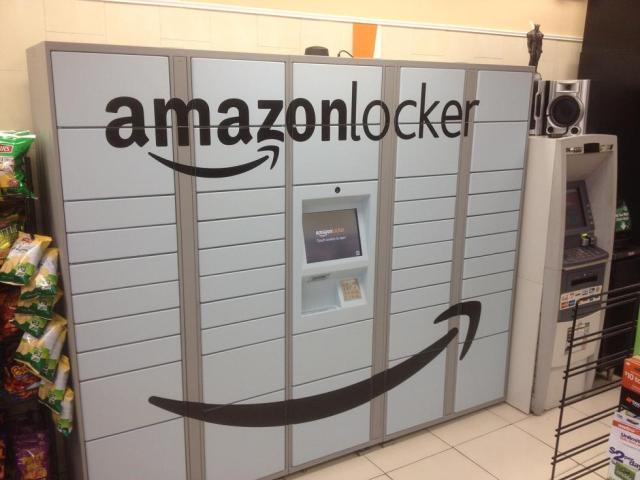There are different key aspects though to take into consideration in order to set a pricing. These aspects are not ranked! Because once again, depending of the global strategy of a company you may use one component more than the other:
- Companies costs and margins: Obviously, if you are running a business, it is not for free, and you need to earn money. Therefore it is important to understand how much money you will spend once selling one product, in order to have a price that will secure you some profits.
- Competition: Of course, you will always been in a competitive environment. Maybe you are the "Apple" of your sector, or with very innovative products, you will always need to find products that have the same usage that may be an indirect competition.
- The facial value of your product/service: Customers may have an idea of how much money they may put in your products. This facial value may come from the money you allow your customer to save, or the time you will save, or the comfort you will provide. It is important to see how much money your customer is eager to spend on your products.
For a retailer, and most companies with wide product ranges, there is also a very key component of the pricing strategy: The equalization. The equalization process comes directly from the important competition you have in the retail business. Therefore, your pricing strategy is one of the key reasons why your customer will choose your store rather than another. Your equalization process obviously needs to get customers perception that you are cheap, but also needs to take care of the three aspects of the pricing above.
In the Category Management Series:


